Scottish castles: Stirling Castle
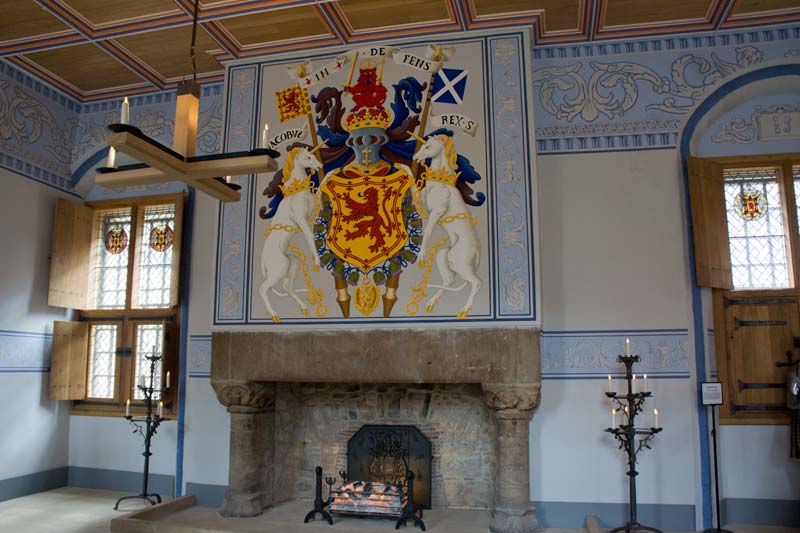
Stirling Castle
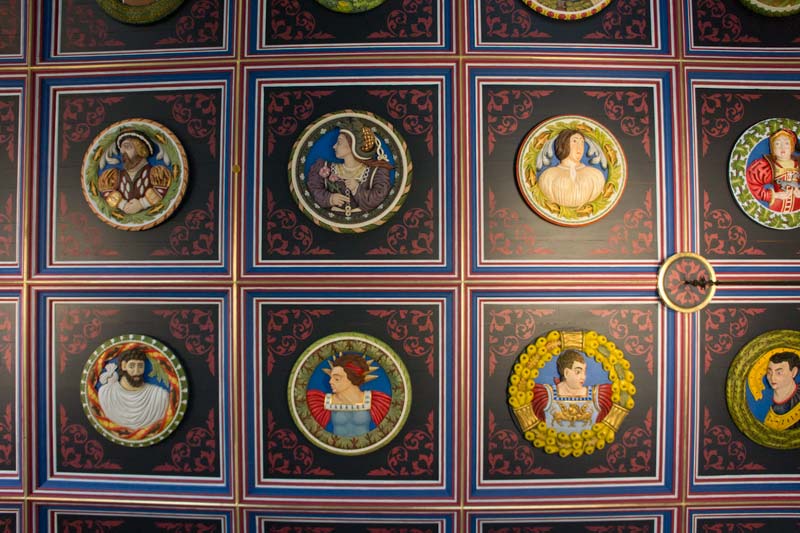
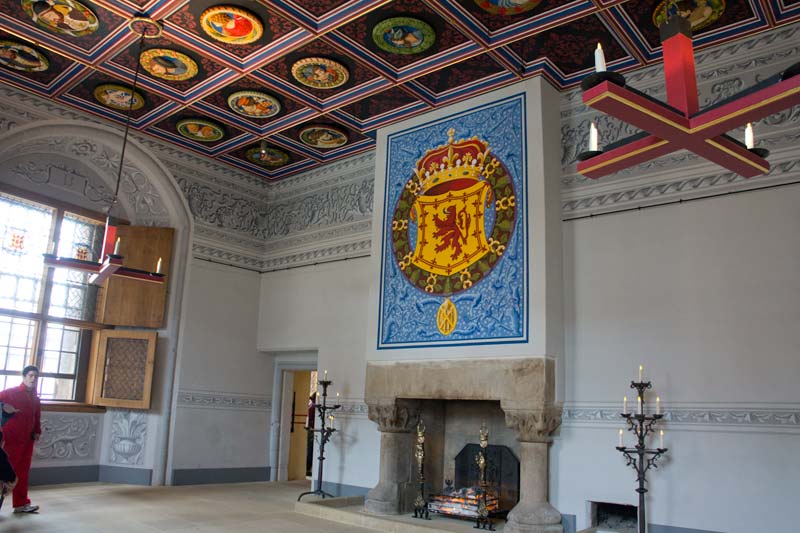
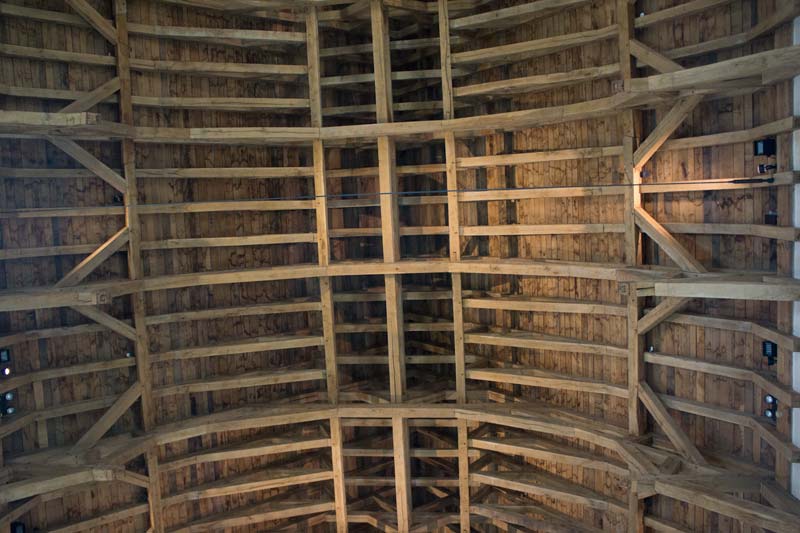
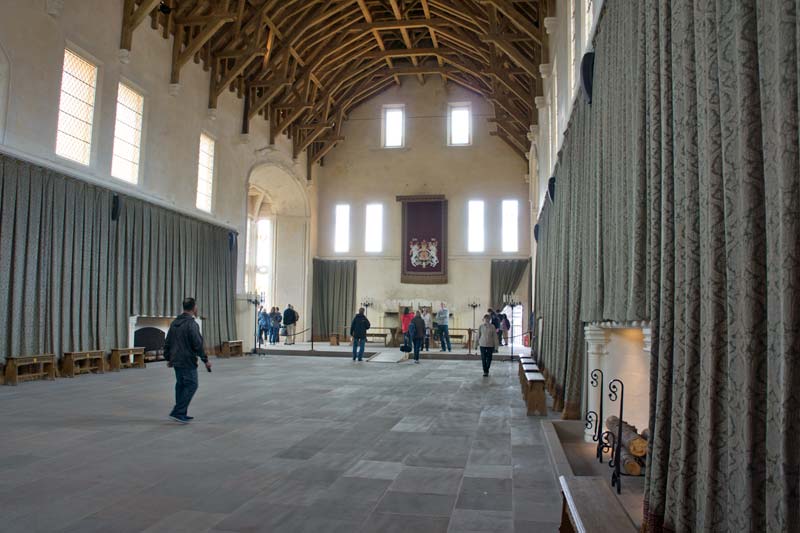
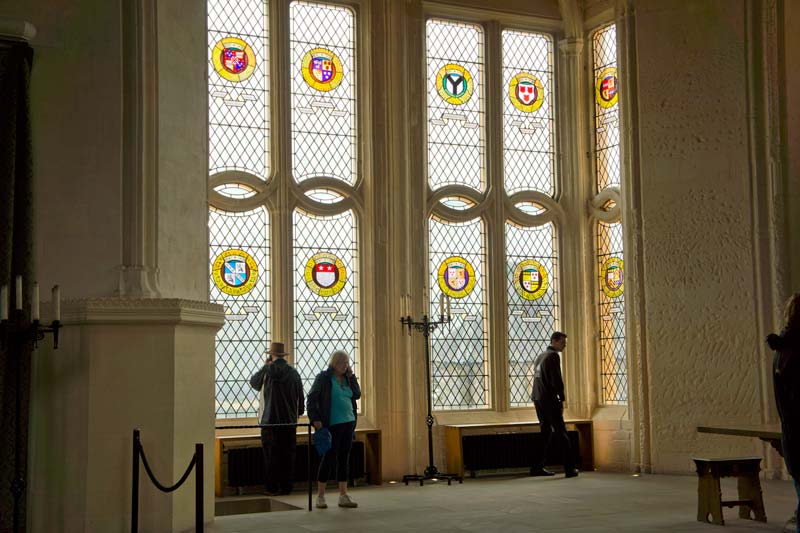
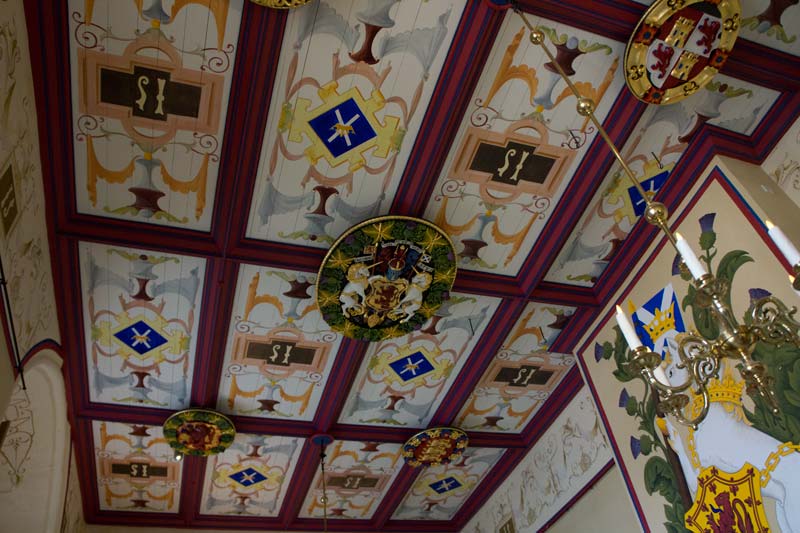
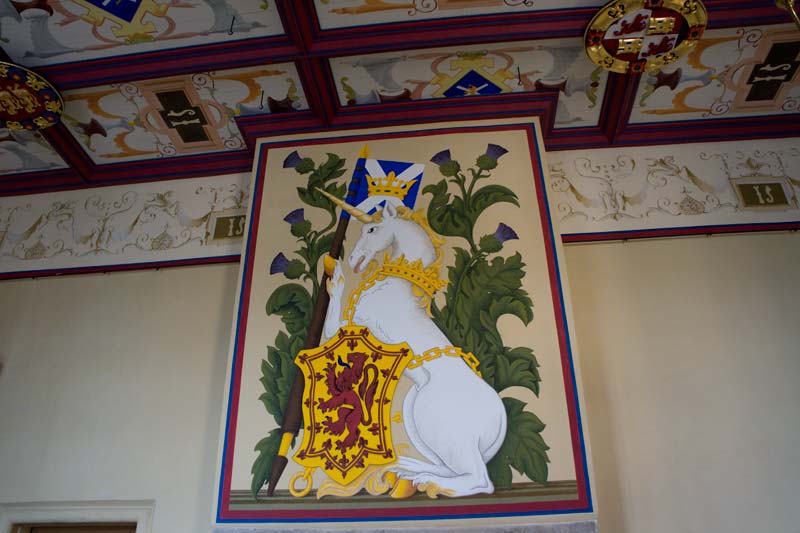
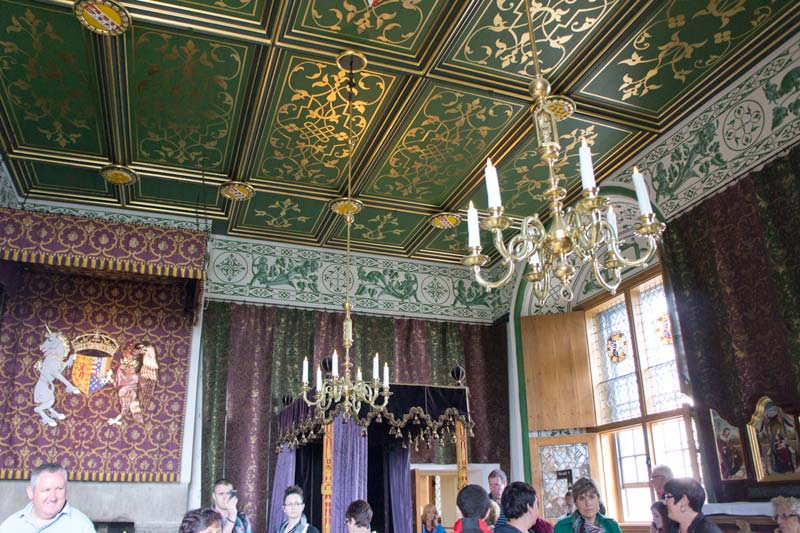
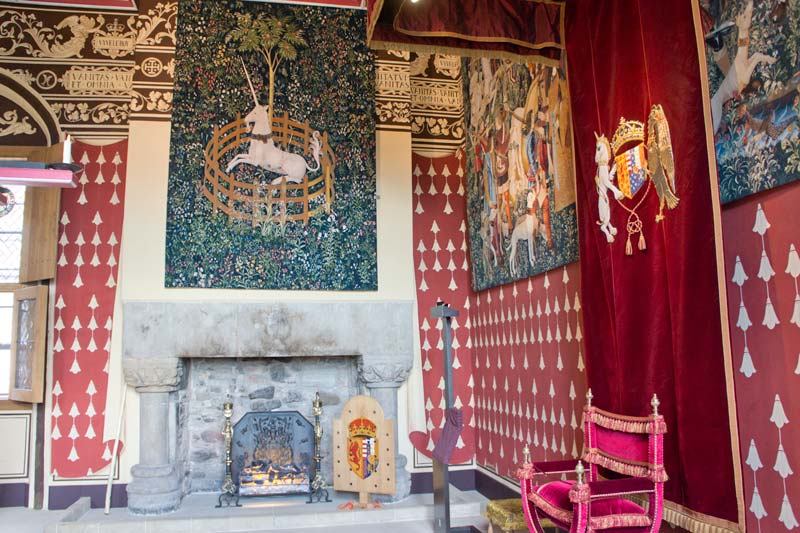
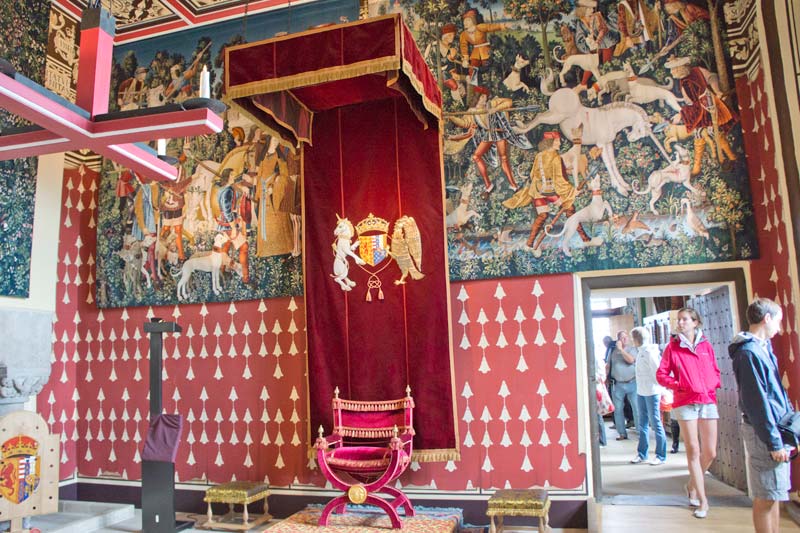
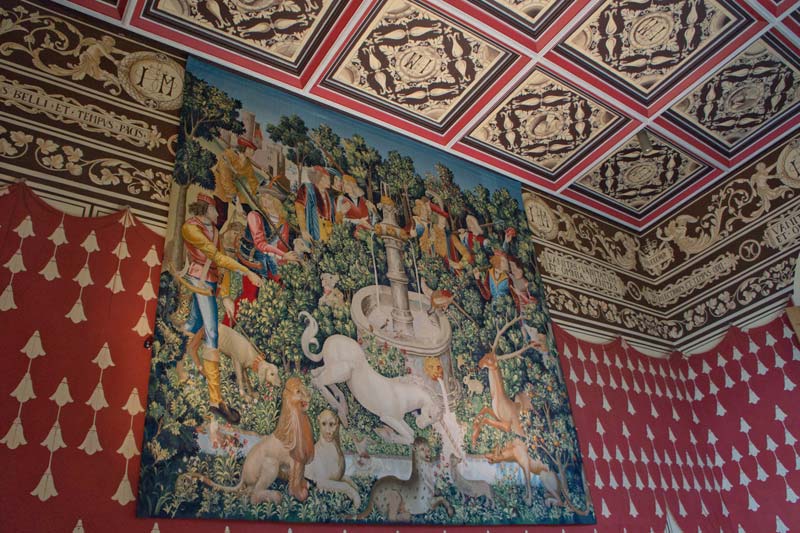
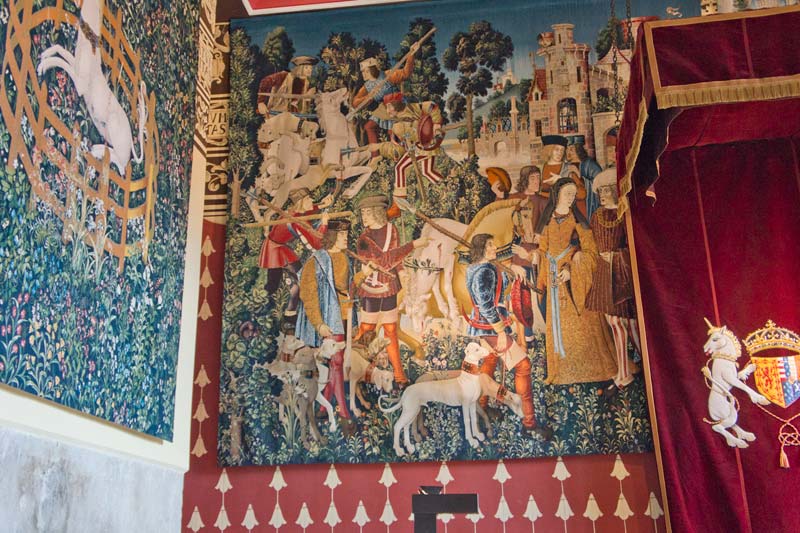
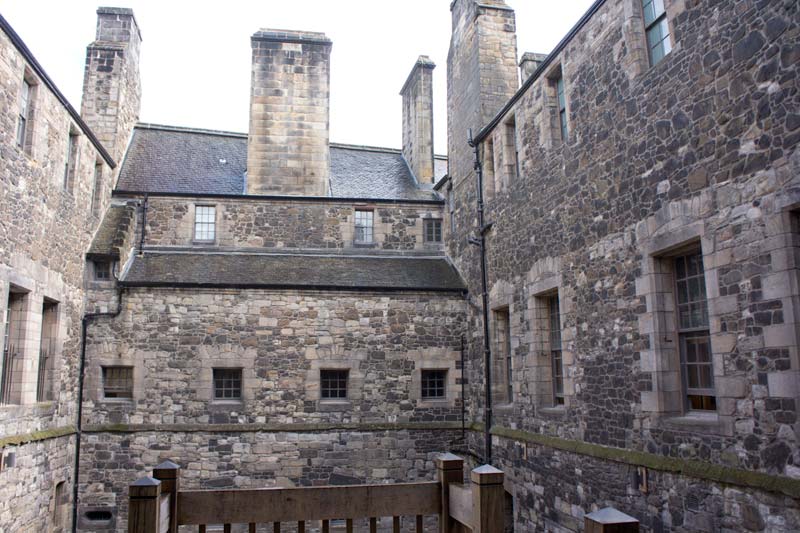
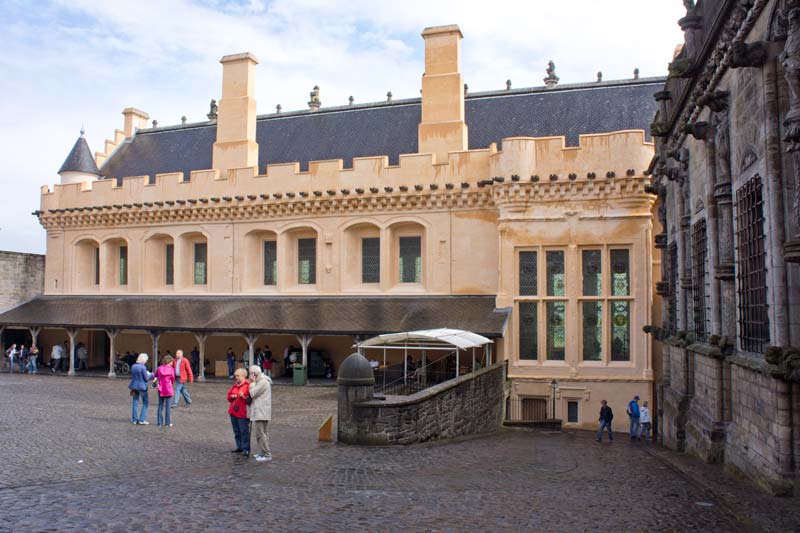
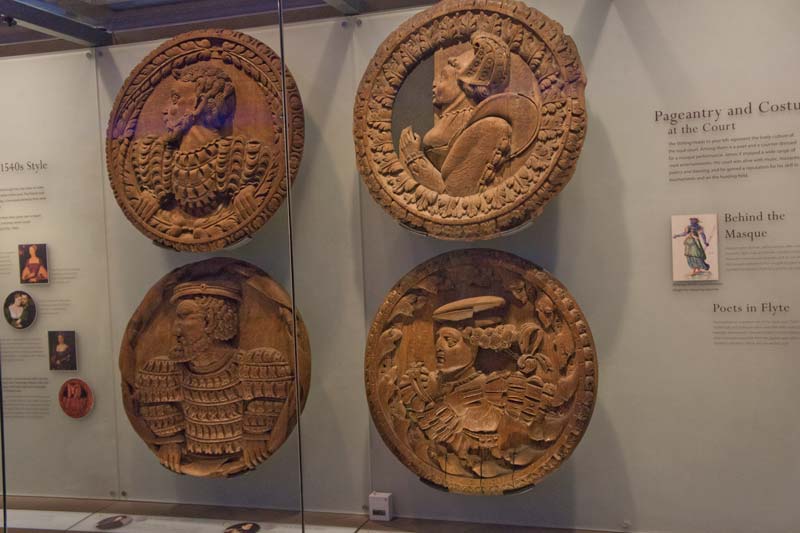
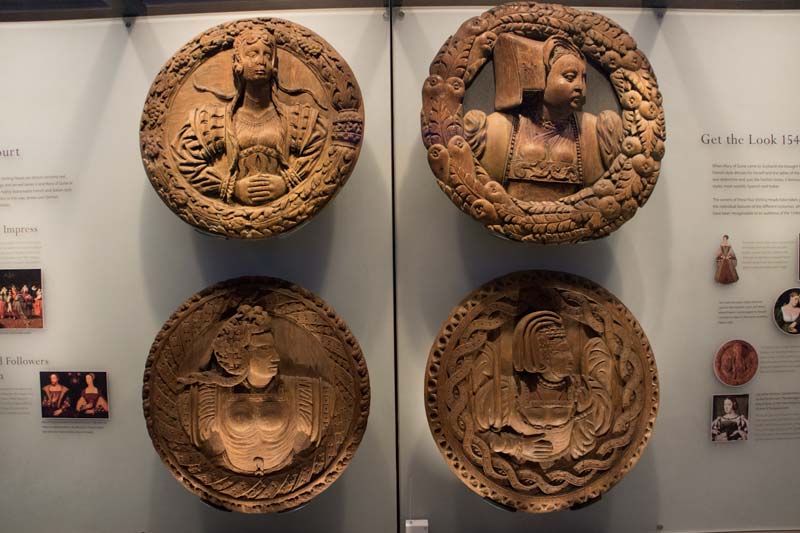
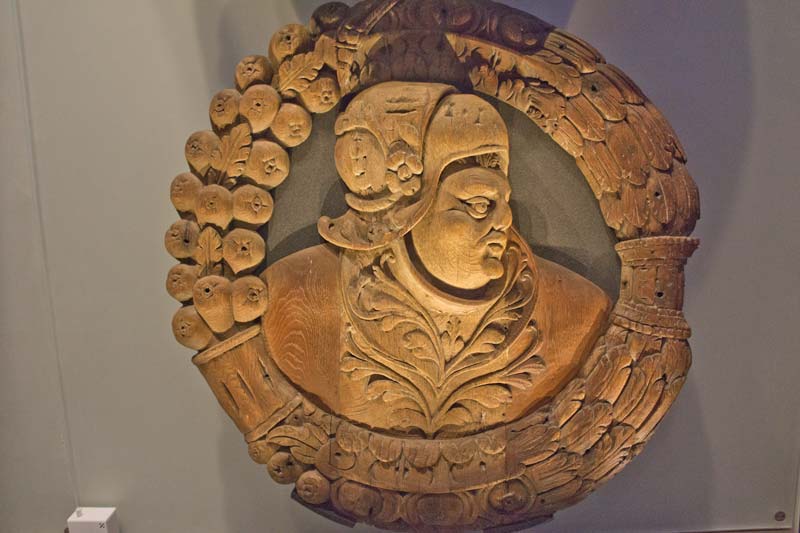
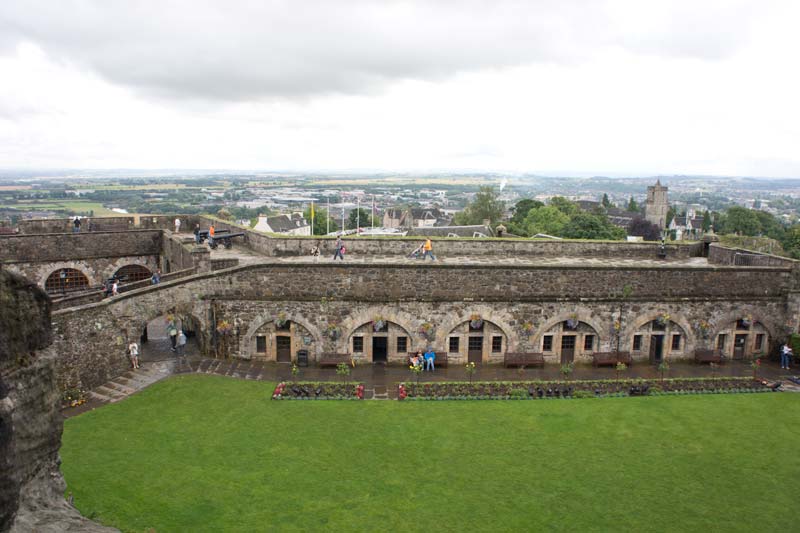
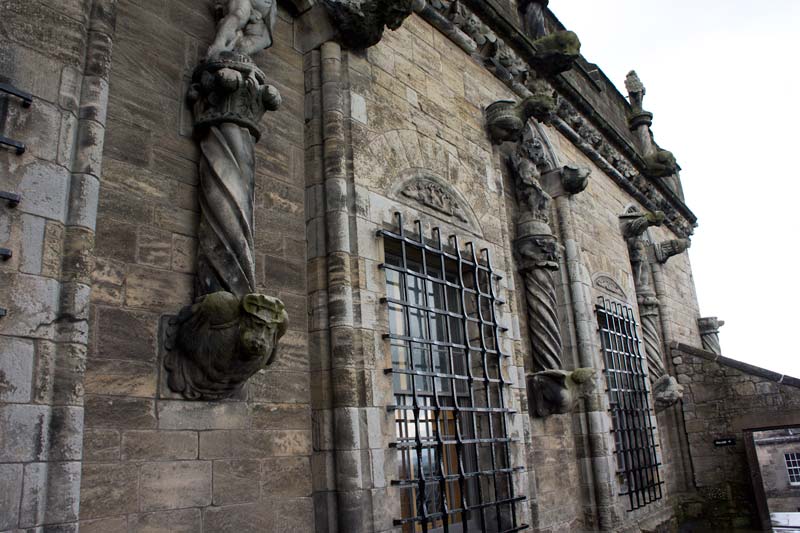
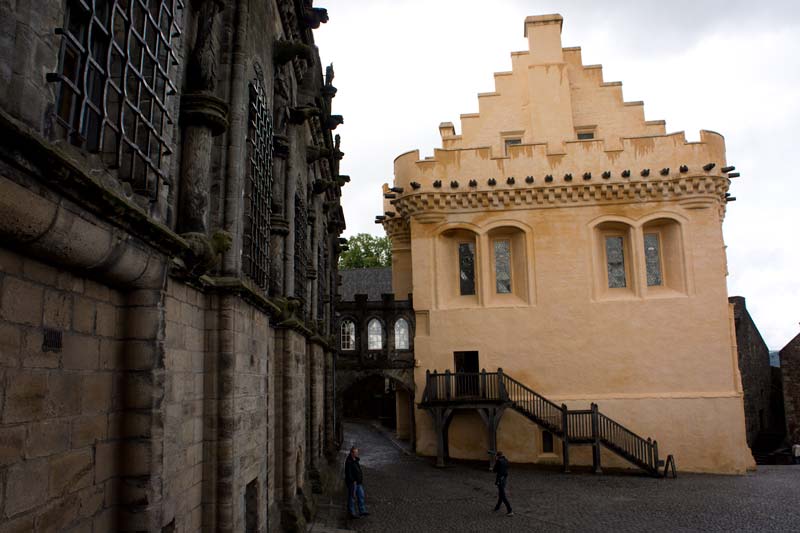
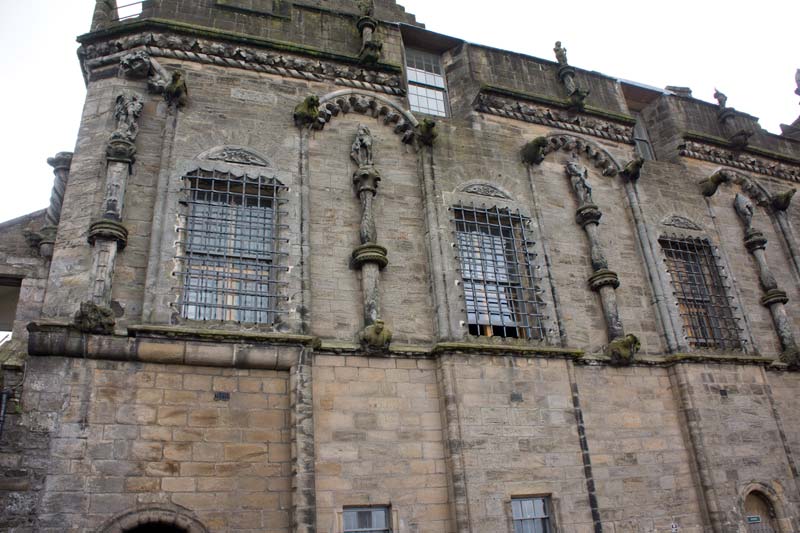
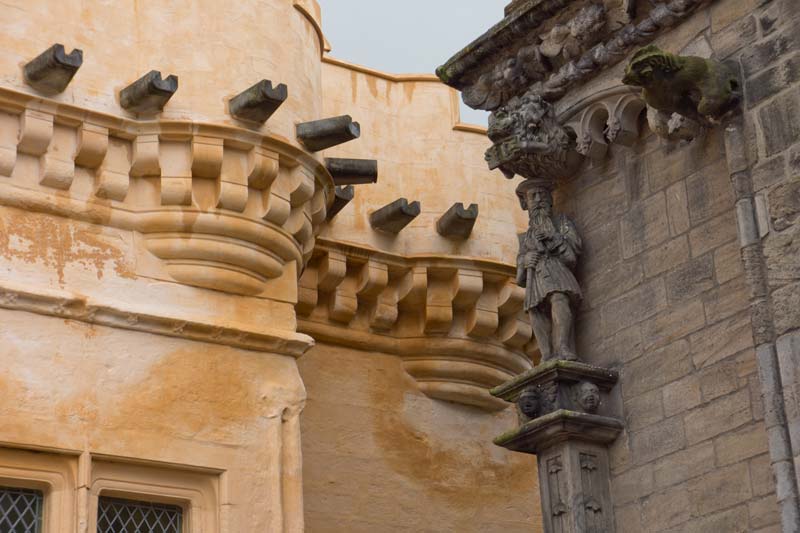
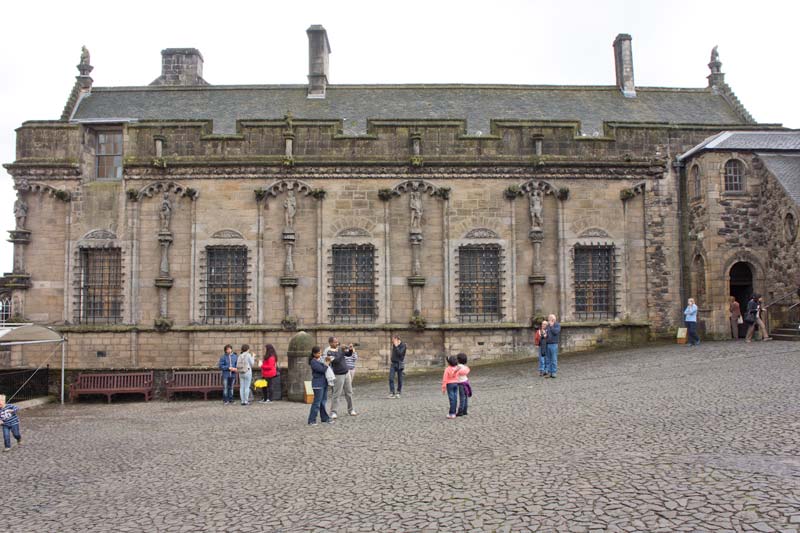
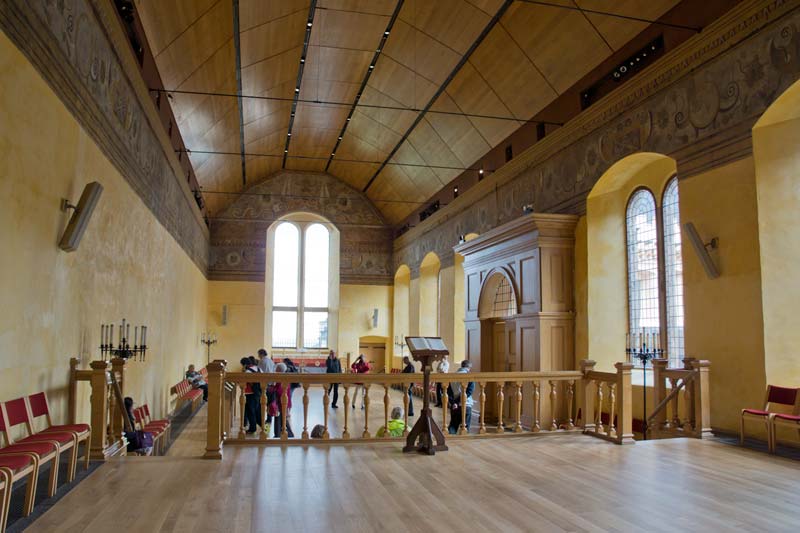

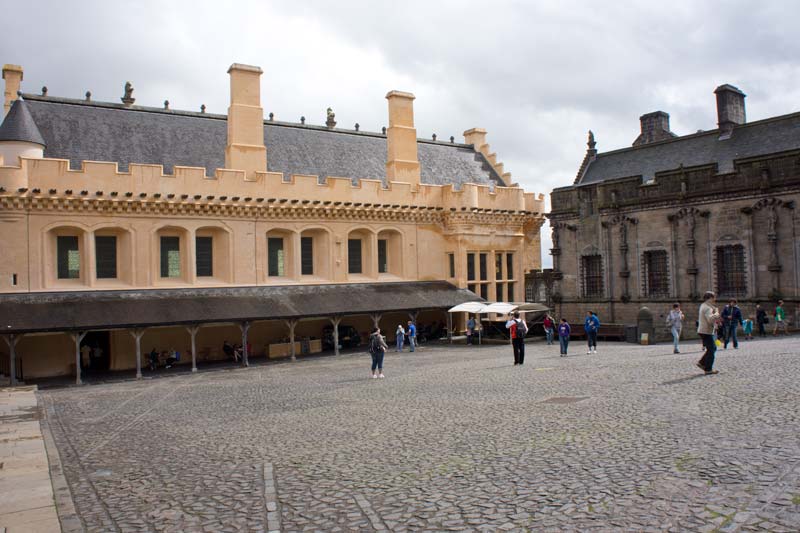
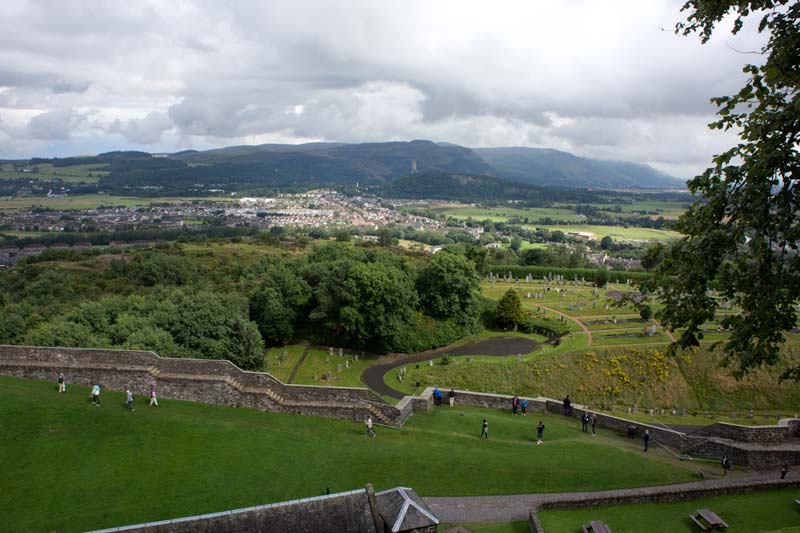
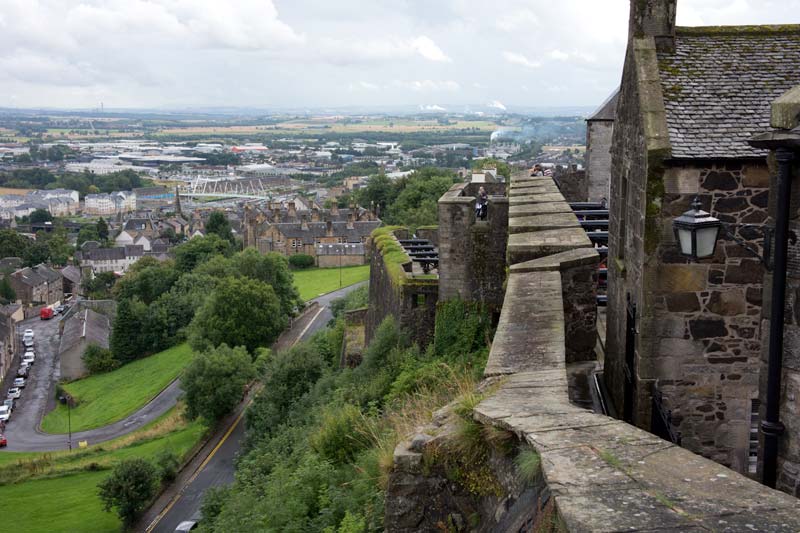
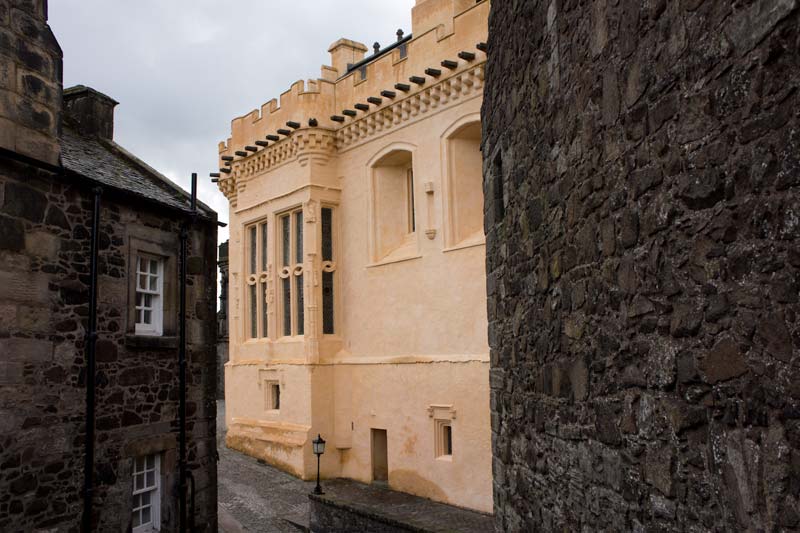
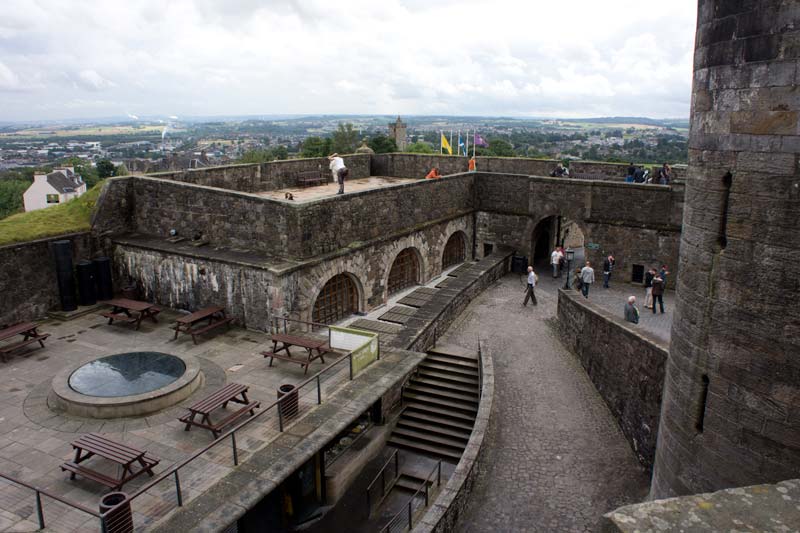
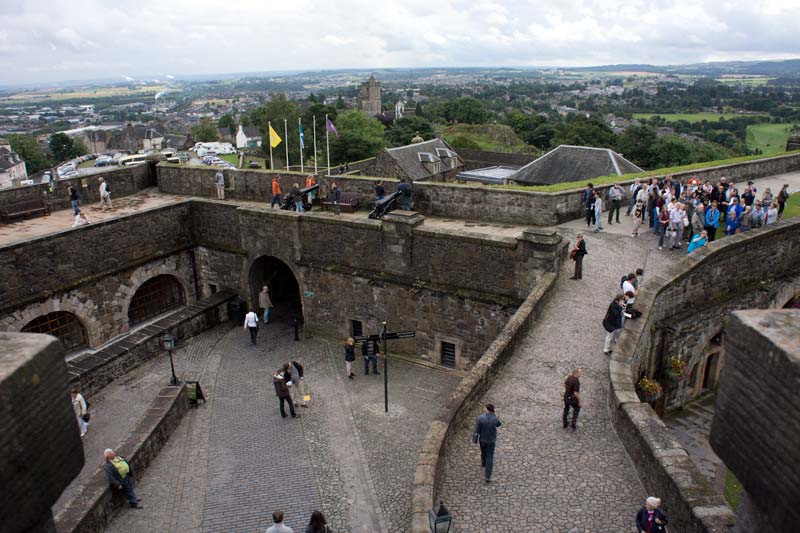
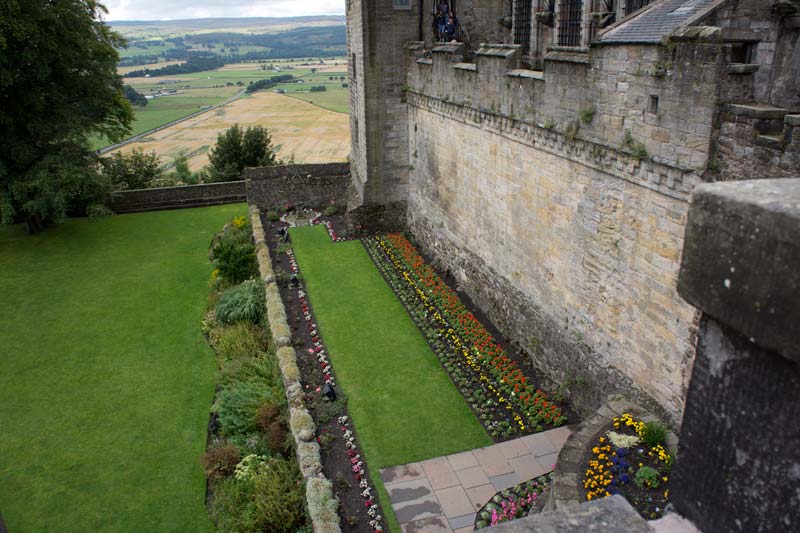
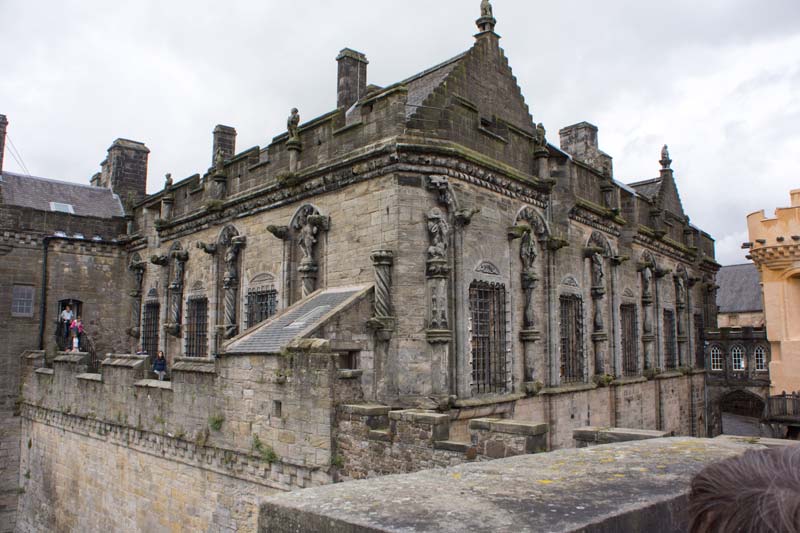
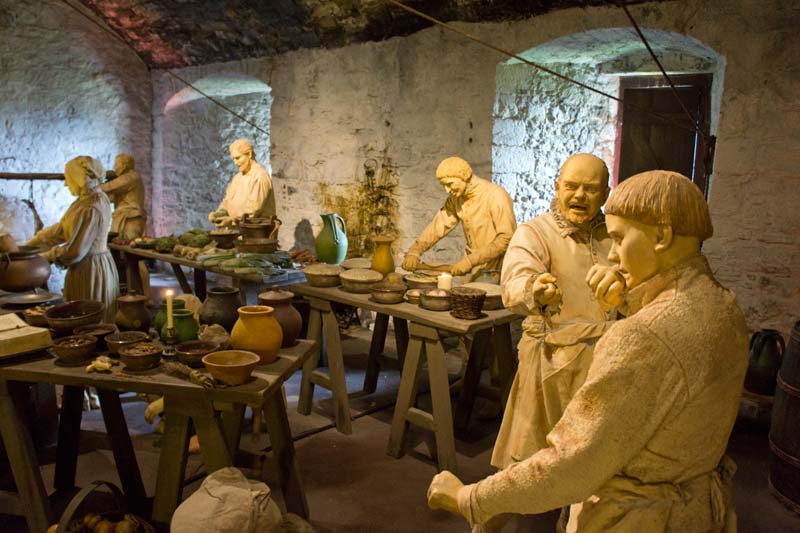
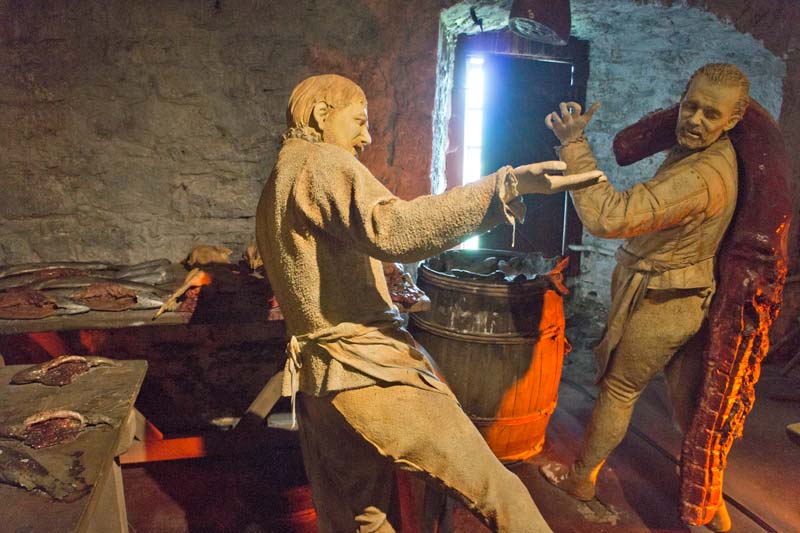
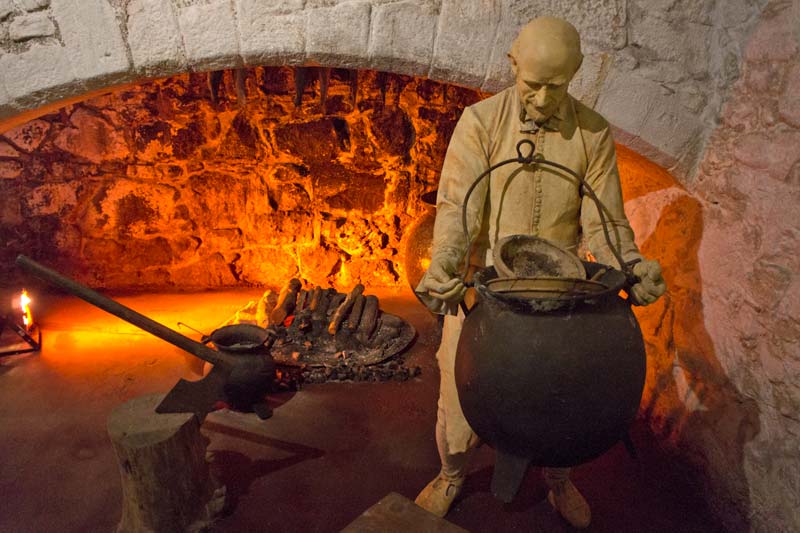
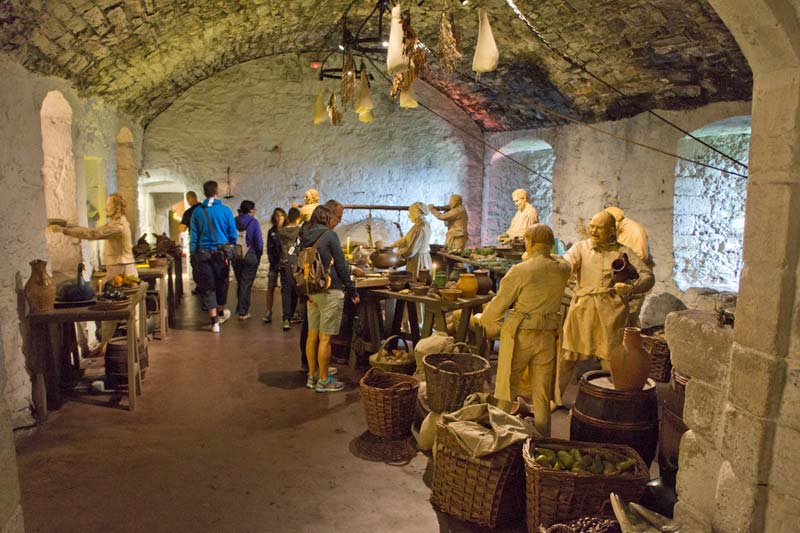
Stirling Castle, located in Stirling, is one of the largest and most important castles, both historically and architecturally, in Scotland. The castle sits atop Castle Hill, an intrusive crag, which forms part of the Stirling Sill geological formation. It is surrounded on three sides by steep cliffs, giving it a strong defensive position. Its strategic location, guarding what was, until the 1890s, the farthest downstream crossing of the River Forth, has made it an important fortification from the earliest times. Most of the principal buildings of the castle date from the fifteenth and sixteenth centuries. A few structures of the fourteenth century remain, while the outer defences fronting the town date from the early eighteenth century. Several Scottish Kings and Queens have been crowned at Stirling, including Mary, Queen of Scots, in 1542. There have been at least eight sieges of Stirling Castle, including several during the Wars of Scottish Independence, with the last being in 1746, when Bonnie Prince Charlie unsuccessfully tried to take the castle. Stirling Castle is a Scheduled Ancient Monument, and is now a tourist attraction managed by Historic Scotland.
Twentieth century
The Royal Lodgings have now been returned to something approaching their former glory. A major programme of research and re-presentation, lasting 10 years and costing £12 million, was completed in summer 2011. Since January 2002, the Tapestry Studio at West Dean College has been working on a recreation of The Hunt of the Unicorn tapestries, 4 of which are now hanging in the restored Queen's Presence Chamber in the Royal Palace. Historians studying the reign of James IV believe that a similar series of Unicorn tapestries were part of the royal collection. The team of weavers visited The Cloisters, part of the Metropolitan Museum of Art, New York City, to inspect the 15th-century originals, and researched medieval weaving techniques, colour palettes and materials. The weavers are working both at the College in West Sussex, and at a studio at Stirling Castle. The project is due for completion in 2014.
Stirling Castle remains the headquarters of the Argyll and Sutherland Highlanders, although the regiment is no longer garrisoned there. The regimental museum is also located within the castle. (wikipedia)